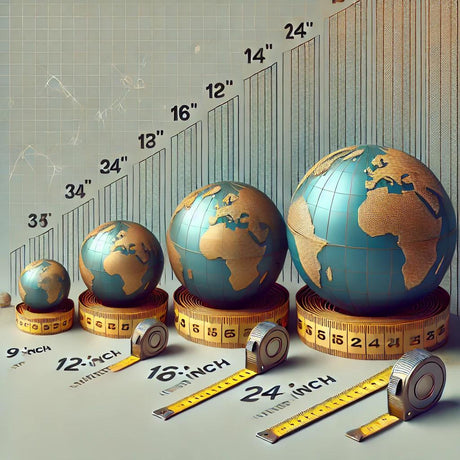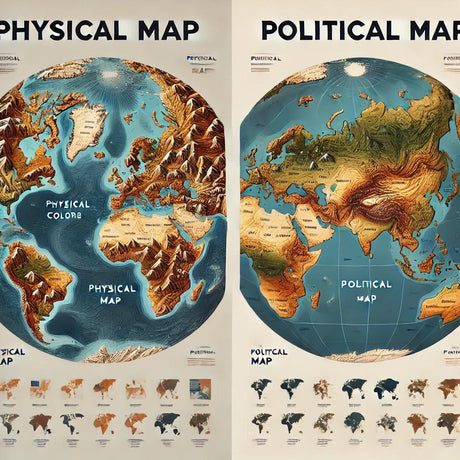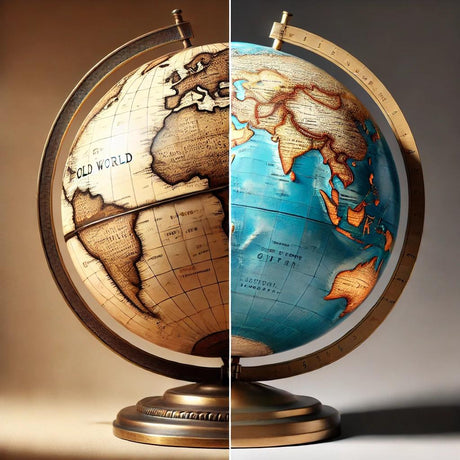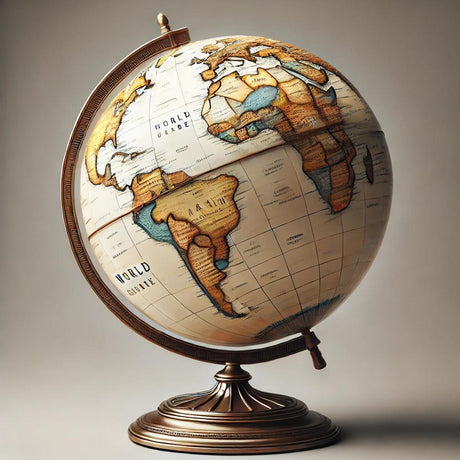
What Is the Moon Landing Hoax?
The Moon Landing Hoax is one of the most enduring conspiracy theories of the 20th century. It claims that NASA faked the Apollo moon landings, particularly Apollo 11, when astronauts Neil Armstrong and Buzz Aldrin became the first humans to walk on the Moon in 1969. Proponents of this theory argue that the U.S. government staged the landings to win the Space Race against the Soviet Union during the Cold War. According to this conspiracy, all the footage, photographs, and reports of the moon landings were carefully orchestrated, often in a studio setting.
This theory goes further by questioning space exploration in general, casting doubt on NASA, the legitimacy of space missions, and even promoting skepticism about the Earth's shape—tying it to Flat Earth theories.
Despite the overwhelming scientific and historical evidence that proves humans have landed on the Moon, this conspiracy continues to captivate some people. In this article, we will explore the origins of the Moon Landing Hoax, debunk the myths with facts, and examine why this theory persists.
The Origins of the Moon Landing Hoax
The Moon Landing Hoax conspiracy theory gained traction in the 1970s, a few years after the successful Apollo missions. One of the first major works to popularize the hoax was the 1976 book "We Never Went to the Moon: America’s Thirty Billion Dollar Swindle" by Bill Kaysing. Kaysing, a former employee of a company that worked with NASA, claimed that the Moon landings were impossible and that NASA had faked the missions to avoid embarrassment and financial losses.
Kaysing’s work was not based on any scientific evidence but rather on suspicions and anecdotal observations. His book laid the foundation for many of the arguments that conspiracy theorists would use in the years to come. Since then, various films, documentaries, and online sources have continued to fuel the theory, despite repeated debunking by scientists and experts.
Common Claims of the Moon Landing Hoax and the Facts
Let’s break down some of the most common arguments put forth by Moon Landing Hoax proponents, alongside the facts that debunk them:
1. The Flag Appears to Wave in a Vacuum
One of the most popular claims is that the American flag appears to flutter or wave in the vacuum of space. Conspiracy theorists argue that this movement is proof that the footage was filmed on Earth, where air would cause the flag to wave.
Fact: The flag only appears to move because it was disturbed by the astronauts during placement. In the vacuum of space, there is no air resistance, so the flag's movement is due to the astronauts' actions. The flag was designed with a horizontal rod to keep it extended, and once it was set in place, it remained still, as expected in a vacuum .
2. No Stars Are Visible in the Photos
Another claim is that no stars are visible in the photos taken on the Moon, which conspiracy theorists argue proves that the images were faked.
Fact: The lack of stars in the photos is due to the exposure settings of the cameras. The astronauts were photographing brightly lit objects—the lunar surface and the spacesuits—which required short exposure times. As a result, the faint light from distant stars was not captured in the images . This is a common effect in photography, even on Earth.
3. The Shadows Look Incorrect
Some proponents argue that the shadows in the moon landing footage appear to come from multiple light sources, suggesting the scenes were staged with studio lighting.
Fact: The shadows on the Moon are not parallel because of the uneven terrain. On the Moon’s surface, the landscape is full of craters and rocks, causing shadows to fall at different angles. Additionally, light from the Sun, Earth, and the lunar surface itself contribute to the complex shadow patterns . This phenomenon can be replicated on Earth and is consistent with how light behaves.
4. The Radiation from the Van Allen Belts Would Have Killed the Astronauts
Some hoax proponents claim that the astronauts would not have survived traveling through the Van Allen radiation belts, which surround the Earth.
Fact: While the Van Allen belts do contain harmful radiation, the Apollo astronauts passed through them quickly and were shielded by the spacecraft’s protective materials. The exposure was limited and well within safe levels for human survival . NASA carefully calculated the trajectories to minimize time spent in these regions.
5. The Technology Didn’t Exist to Go to the Moon
Critics of the moon landing often argue that the technology in the 1960s was not advanced enough to send humans to the Moon and return them safely.
Fact: While the technology of the 1960s seems primitive by today’s standards, NASA developed specialized equipment for the Apollo missions. The Saturn V rocket, which remains one of the most powerful rockets ever built, successfully carried the astronauts to the Moon. Extensive testing, research, and development led to the mission's success, and many technological advancements from that era still influence modern space exploration .
Why the Moon Landing Hoax Persists
Despite clear evidence, the Moon Landing Hoax continues to attract followers. There are several reasons why conspiracy theories like this one persist:
1. Distrust of Government and Authority
Many proponents of the Moon Landing Hoax believe in broader conspiracies that involve government cover-ups. This distrust of authority figures often leads people to question major events, like the moon landings.
2. The Appeal of Alternative Narratives
Conspiracy theories offer an alternative narrative to accepted history. For some, believing in a grand deception is more exciting or satisfying than accepting the official story.
3. Misinformation and the Internet
The rise of the internet has allowed misinformation to spread quickly. Websites, videos, and social media platforms can amplify conspiracy theories, often without scrutiny or fact-checking.
The Importance of the Apollo Missions
The Apollo missions represent one of humanity’s greatest achievements. Landing on the Moon required immense scientific ingenuity, collaboration, and bravery. The data, photographs, and samples collected during the Apollo missions have contributed to our understanding of the Moon, Earth, and space exploration.
The idea that the moon landings were faked discredits not only the thousands of people who worked on the missions but also the very real and documented progress in space exploration. The evidence proving the authenticity of the moon landings is overwhelming, from photographs and videos to moon rock samples and tracking data collected by observatories around the world.
Conclusion: Why the Moon Landing Was Real
The Moon Landing Hoax is a conspiracy that has been debunked time and time again by scientists, historians, and experts in various fields. The overwhelming body of evidence—from the photos and videos taken by the astronauts to the testimonies of thousands of engineers and scientists involved—proves that humans did indeed land on the Moon.
Believing in conspiracy theories like the Moon Landing Hoax can hinder our ability to appreciate the achievements of space exploration and science. As NASA prepares for future lunar missions, including the Artemis program aimed at returning humans to the Moon, it's important to recognize the validity and importance of space exploration in advancing human knowledge.
At Ultimate Globes, we believe in fostering curiosity and exploration. Whether you’re fascinated by space or Earth’s geography, a high-quality globe can help inspire the next generation of explorers.




